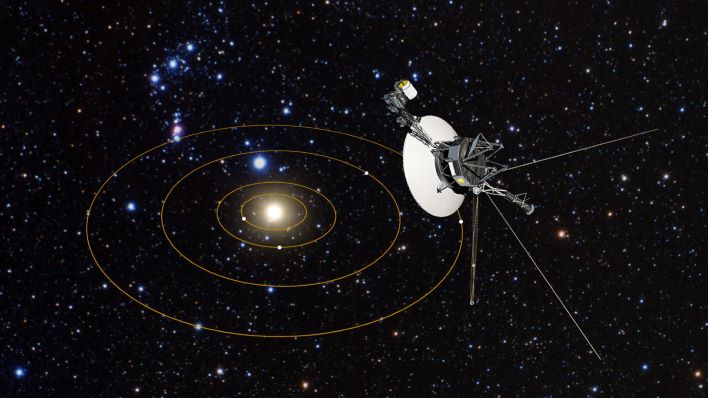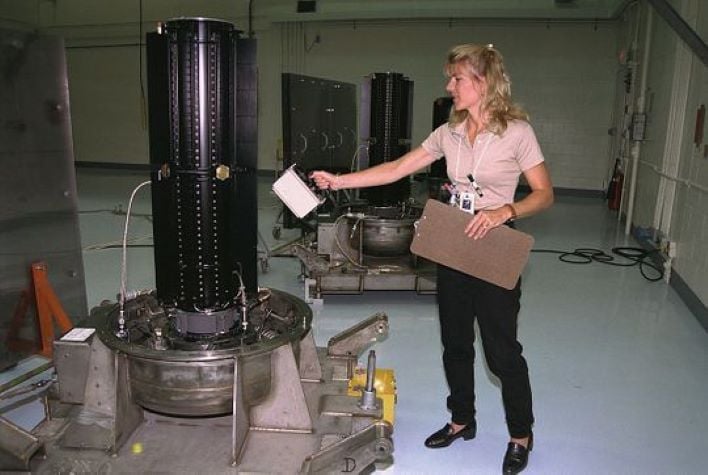How NASA Is Hacking Its Voyager 2 Probe To Extend 45-Year Deep Space Mission

Widely regarded as two of the most successful space probes ever, Voyager 1 and 2 have been plugging along for the past 46 years like Energizer bunnies. Launched in 1977, both have been instrumental in collecting valuable data with their onboard instruments and transmitting it back to Earth. Performing and travelling far beyond their original mission profile, NASA has taken the opportunity to extend their missions numerous times. However, their plutonium-based radioisotope thermoelectric generators (RTG) power supply is finite. As power has continued to deplete, engineers at NASA have been able to extend the probes' running time by turning off non-essential components, such as heater cores and cameras.

As for Voyager 1, the space agency will be making a decision whether to perform the same power reroute sometime next year.
Voyager 1 and 2 are currently travelling through interstellar space 14 and 12 billion miles away from Earth, respectively, and past the heliosphere. Even now, they remain the furthest any human-made object has ever travelled, beaming back important live insight beyond our solar system.

